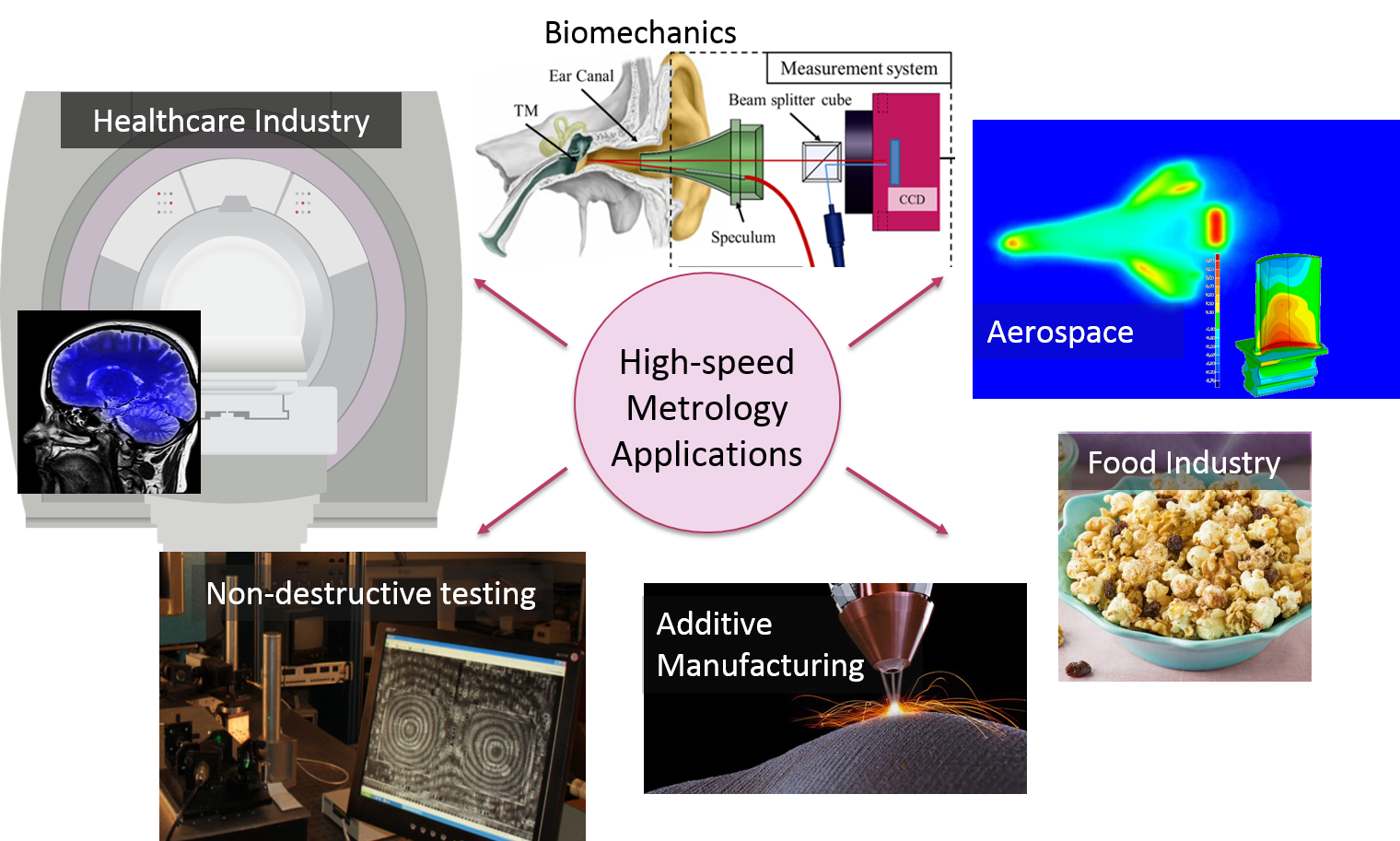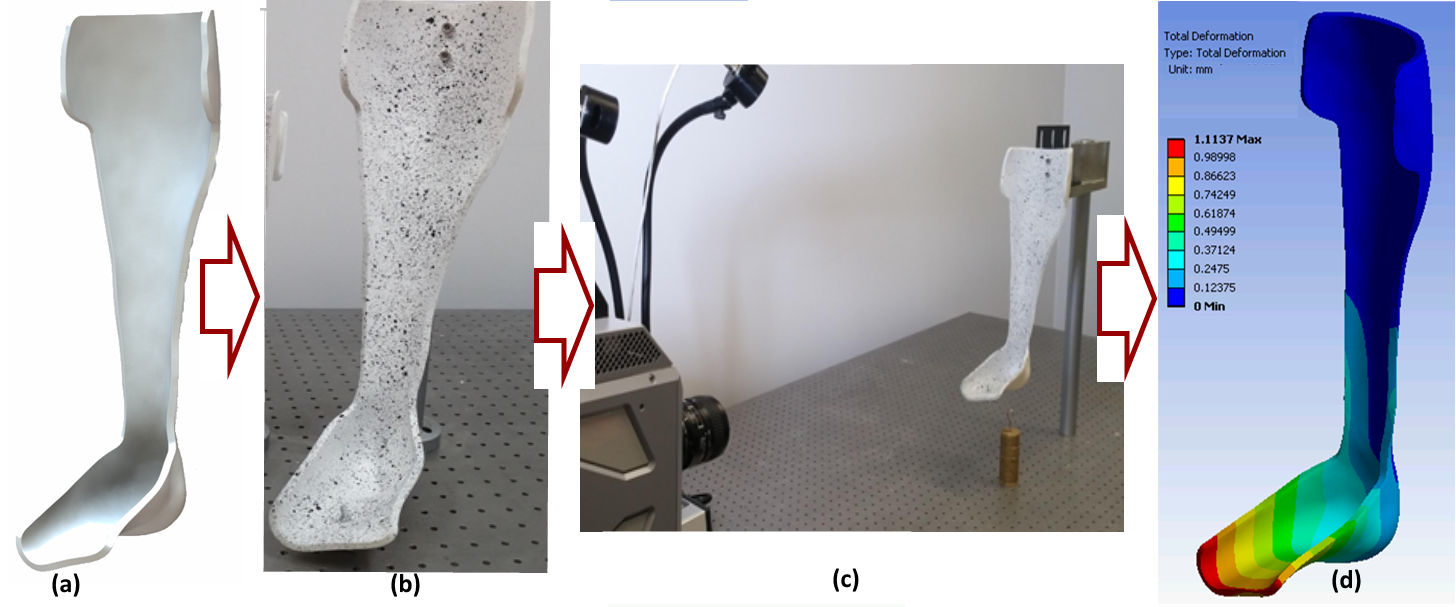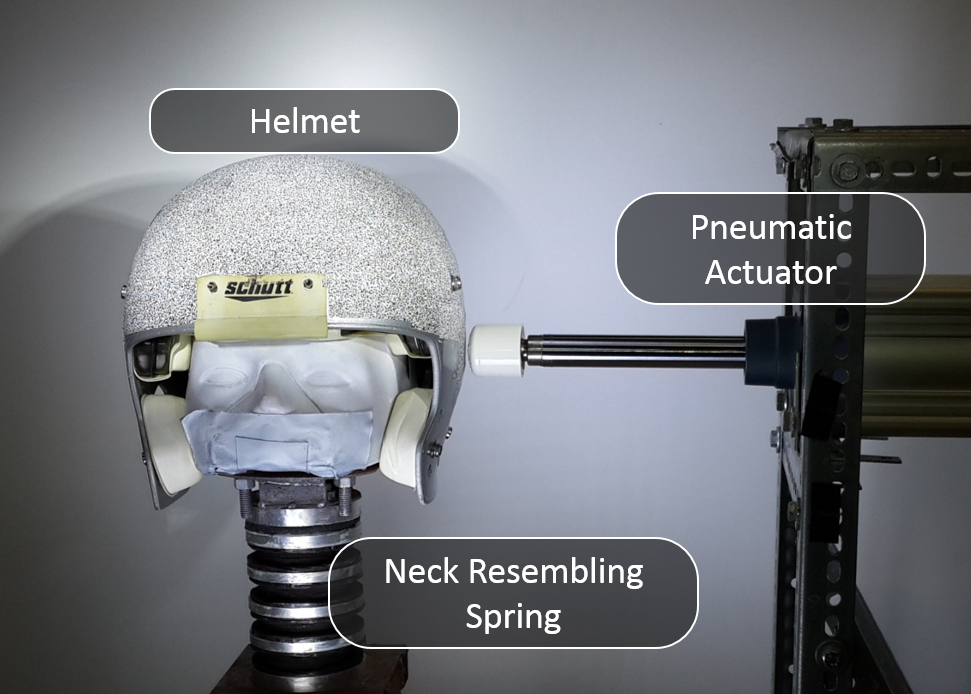High-Speed Imaging & DIC
DIC
Exploring beyond the current understanding of high-speed transient phenomena needs to capture the detail of multi-disciplinary physics in finer temporal and spatial resolution level. Also, advance in nano/micro scale apparatus rises the essential requirements of higher resolution data acquisition. The recent improvement in imaging technology and related hardware and software pushes forward the boundaries and provides the unique capability of taking an image in 2 million frames per second. These improvements in perception and measurement of three-dimensional events at high-speeds (Up to 2 million Hz) allows for investigating the unprecedented spatial and temporal resolutions in far-reaching physical and mechanical phenomena.

General Applications of High-speed Metrology.
Examples of such investigation include the use of these high-speed cameras for acoustic-solid interactions and micro-/nano-systems; b- measurement of bubble departure diameter rand frequency under extreme heat fluxes for electrically driven liquid film flow boiling over surfaces enhanced with nano-mats; c- capturing both instantaneous damage initiation events (occurring at micro-/nano-structural features such as secondary phases/metal matrix interfaces, grain/phase boundaries, defects, etc.), as well as crack propagation phenomena at various growth rates; d- investigating the structure and turbulent mixing processes of dust-air flames; and e- understanding of MRI-guided deep brain surgery through quantitative assessment and optimization of motion of the piezo crystals and surrounding tissue.

Ankle Foot Orthotics (AFO): (a) Custom AFO Based on patient requirement; (b) Custom AFO prepared and painted for measurement; (c) 3D DIC measurement set-up ; and (d) shape and deformation representative results.
In addition to high-end instruments in WPI, the user-friendly commercially available software (Digital Image Correlation) and the home-developed software (LaserView, HoloStudio, and PxHolo) along with the spacious dedicated space facilitate employment of high-speed 3D dimensional measurement tool not only for researchers but also for undergraduate and even K-12 educational level. Students using these tools to both qualitatively and quantitatively measure and then perceive the causes and effects relation in meso to nano scale level. This opportunity improves their understanding of nature of the events and multi-physics interaction while enjoying the excitement of capturing high-speed phenomena. The equipment and software are available campus-wide to all researchers as well as students upon request and approval. The approved users those achieved the minimum level of required skill have the access to the facilities under the specialist supervisor to help them use the devices safely, set up the experiment efficiently, and conduct the measurement meaningfully.
Facilities
Dedicated facilities and area to CHSLT-DIC make it fully functional for researchers and students campus-wide. The available equipment and software packages along with expert users provide the efficient environment for educational and research activities in WPI. These activities range from fundamental studies of elasticity of materials to sophisticated applications in metrology and biomechanics. Research at the CHSLT-DIC has been externally funded in areas relating to Piezoelectric material, MEMS, nanotechnology, Fracture mechanism, acoustic-solid interactions, extreme heat transfer, high-speed phenomena study, damage initiation events, dust-air flame investigation, microelectronics, micromechanics, additive manufacturing, mathematical modeling/simulation, and other areas of current interest.
Laboratories
The CHSLT-DCI located in Higgins Labs on the first floor furnished with state-of-the-art equipment including:
- Vibration isolation optical tables,
- Stereo Photron SA-Z ultra-high speed cameras and related imaging optics,
- High-speed infrared (IR) cameras and related optics,
- Two sets of stereo Point-Grey (Grasshoper3) mono color cameras and associated imaging optics
- Loading devices and instrumentation for static, dynamic, thermal, electro-magnetic, and acoustic loading of samples,
- Computer controlled environmental chambers where temperature and relative humidity can be controlled simultaneously, yet independently of each other,
- 2D, 3D, and volumetric Digital Image Correlation software packages
- Workstation and supercomputer for data analysis,
- Powerful Laptop and portable set-up for out-of-lab measurement environment,
- LED and fiber optic lighting system,
- The computational facilities, housed in the CML (Computational Mechanics Laboratory) with state-of-the-art software for Finite Element, Finite Difference, and Boundary Element analysis/modeling/simulation.
Some of the representative results can be found here:
- Acoustic to solid interaction
- Acoustic blast
- Helmet impact
- Piezo-electric deformation
- More experiments
Acoustic to solid interaction
Human Tympanic Membrane (TM, eardrum) is a thin conical shaped membrane with about 8mm in diameter and 2-3 mm in depth. It consists of a fibrous layer sandwiched between two epidermis and mucosal layers to form a very sensitive but stiff and durable biological composite. The amplitude of acoustically induced out-of-plane motions of the TM by normal conversational acoustic excitation (i.e., 95 dB SPL) ranges between 10-200 nm. We have developed various holographic methods to measure out-of-plane motions on both live and post-mortem cadaveric samples. In this research, we investigate the possibilities of using 2D and 3D DIC as a quantitative measurement tool. 2D DIC has the advantage of providing direct in-plane strains from the natural pattern of the sample while 3D DIC can provide shape, and all the components of deformation.
Three types of experiments have been performed on a 12 cm circular latex membrane:

Steady state acoustic excitation at first resonant frequency (140 Hz)
Steady state acoustic excitation at second resonant frequency (429 Hz)
Transient response using a 500 µs acoustic impulse,

Mechanical excitation while the sample is deformed into a conical shape
Acoustic blast
In this set of experiments, acoustic to solid interaction at pressures above 150 dB SPL was investigated to understand the nonlinear behavior of multiple materials at high strain rates. The materials tested were aluminum, paper, and vinyl sheets with thickness about 50 µm, 100 µm and 150 µm respectively. The measurements were performed at 20,000 fps with 1 mega-pixel resolution. Following videos show the analyzed in- and out-of-plane motions on each of the cases using high-speed DIC.

Paper
Vinyl
Aluminum
Optimization of helmets under side impact loadings
A helmet has to withstand very large impacts and at the same time it has to store the initial impact energy dissipate some portion of it and then translate the rest gradually to less sensitive parts of the body. In the following set of videos transient response of the helmet due to a side impact was investigated, in the first video the helmet was worn correctly with the chinstrap while in the second video the chinstrap was removed. Propagation of travelling surface waves from the site of impact to the other side together with the motion of head and the response from multiple sensors on the head can help optimizing the design and material properties of helmets.

Side impact of the helmet with the chinstrap HD
Side impact of the helmet with the chinstrap
Out-of-plane displacements at three desired locations

Side impact of the helmet without the chinstrap
Piezo-electric actuators 3D transient displacement
Piezo-electric Nano-positioners are indispensable part of many state of the art mechanisms such as mezzo scale robots used for surgery and optical phase shifters used in optical metrology. Such actuators are capable of having sub-nanometer resolution, however when it comes to high-speed actuation (e.g., settling time less than 100 ms) they have unknown nonlinear performance. In this experiment, the capabilities of using high-speed DIC to measure 3D displacement of a piezo electric tilt stage is investigated. Some of the representative results for the response of the actuator in continuous sinusoidal excitation (500 Hz) and transient square pulse (500 us duration) excitation is shown here:
Continuous excitation at 500 Hz
square pulse 500 us duration
DIC Resources
There are several different external resources and information available for Digital Image Correlation (DIC) that interested researchers can find them on-line. Here some of the public resources are listed for quick reference.
Users Area Instruction
- To use the High-speed/DIC facilities please submit your request using the following button. Once your request is processed we will contact you via email/phone.
- To use the facilites you must take the safety training quiz through MyWPI website.